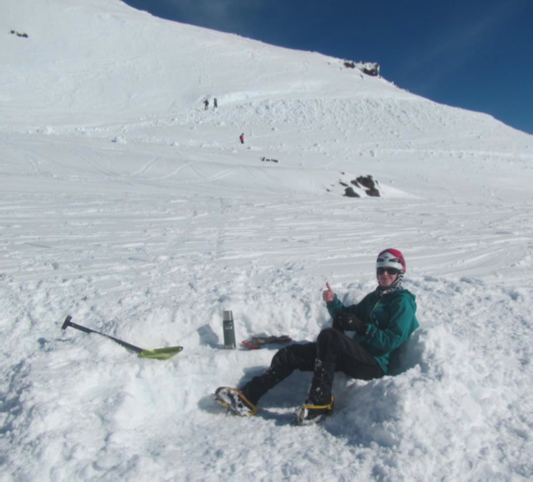
INTRODUCTION
Snowcraft 2018 is now complete, with 20 students participating in this introductory course to moving safely and efficiently in an alpine environment.
While still following the familiar and established course format of theory sessions mixed with two weekends on the mountain, we progressed with the emphasis introduced last year on keeping the skills relevant to the type of Alp1 trips the club runs these days. This approach put greater emphasis on experience setting up snow camps, practical experience of trip planning, alpine navigation techniques, risk analysis and risk avoidance.
Throughout the course the students constantly impressed me, rising to the challenges thrown at them and exceeding my hopes with their enthusiasm and clear-thinking.
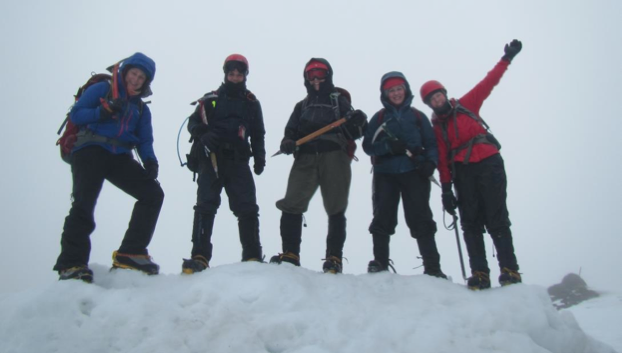
PREPARATION
A great deal of preparation goes into running a Snowcraft course, and it is always a team effort. The club committee helped with approving budgets, the Ruapehu Lodge committee gave a huge amount of support for our weekends-in-residence, the gear custodians helped make sure we had all the right tools available, and experienced club members gave up their valuable time and brains to help instruct.
And let’s not forget the students as well; they were given a pre-requisite of completing two Medium level weekend tramps to get their bodies in gear (so that we could focus on alpine techniques and not breathlessness!) and to come ‘prepared for every eventuality’ – they all crushed it!
These preparations were not just ‘nice-to-haves’, but made a big difference to the amount we were able to cover on the course, despite adverse weather conditions.
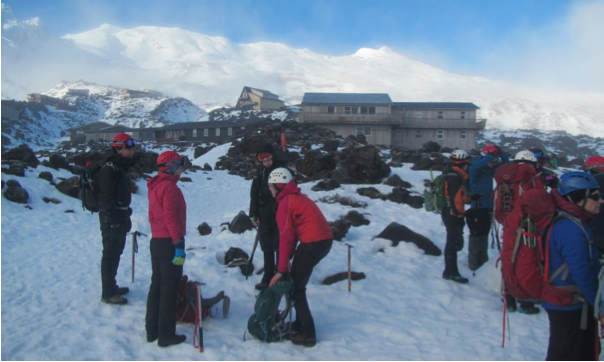
THE FIRST WEEKEND
We had a real mixed bag of weather and conditions for the first weekend on the mountain, which was … absolutely perfect! The first weekend is all about learning how to be comfortable on the mountain, and to get to that stage there’s a relative amount of discomfort to get through – how far can we travel without an axe and crampons, why we might not put them on straight away, how soaked we might get, how cold we might get, what to take to mitigate those things, where we are and where we’re going, and the value of having a buddy.
The bad weather gave us a chance to get disorientated and find ourselves again, to transition between rock, snow and ice, and to cover some very important theory sessions.
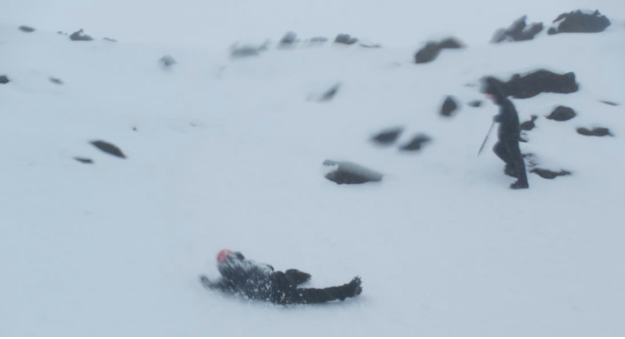
This year, however, the students’ enthusiasm and panache for practising self-arrest and climbing up and climbing down almost frustrated the instructors’ ultimate objective of getting back in time for enough tea and cake; a very serious subjective risk.
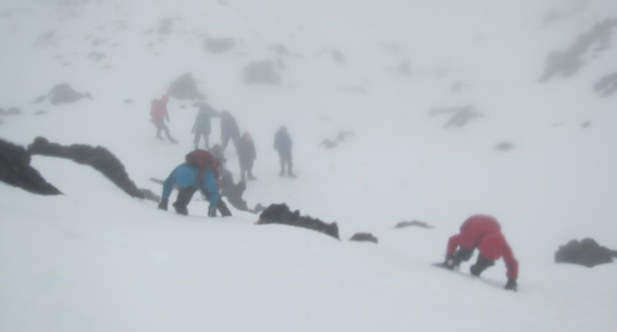
THE SECOND WEEKEND
This year the second weekend was almost entirely student-led. Four teams were formed and a grid reference was given for each team to find the proposed snow camp location, and plan a safe trip there and back in the two weeks between the weekends away. On arriving at the lodge each team presented their expedition plans, including what they knew about the weather, avalanche assessments, primary route selection, escape routes, islands of safety, timings, turn-around times, and each other’s strengths.
The presentations were so thorough that prizes were necessary … there were even laminated risk assessments.
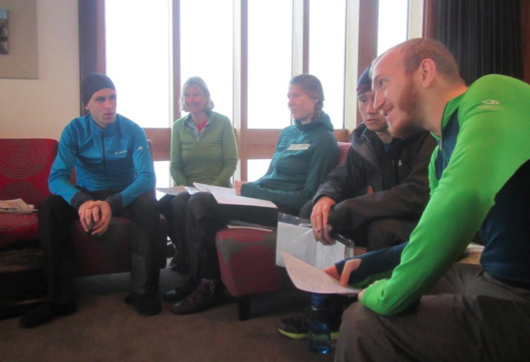
Then it was time to put the plans to the test, as each team led their instructor to the designated camp ground, re-assessing and mitigating the risks along the way … and somehow managing to have fun at the same time.
All the teams opted for their more challenging routes along the ridgeline, and we were lucky to have exquisite blue-sky mountain weather.
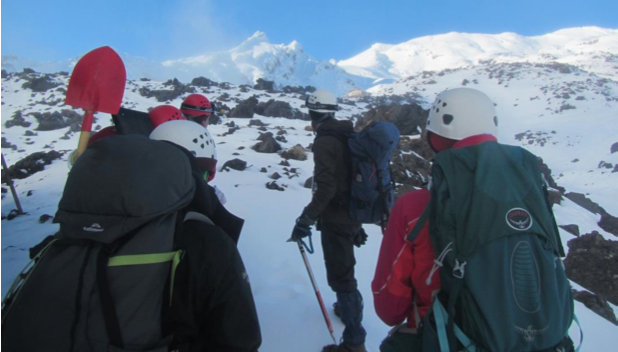
The snow-camps were erected with ruthless efficiency and spatial dexterity.
Presentations began over lunch just before a near-total white-out, that made the most important part of the expedition – getting home – a great navigation challenge.
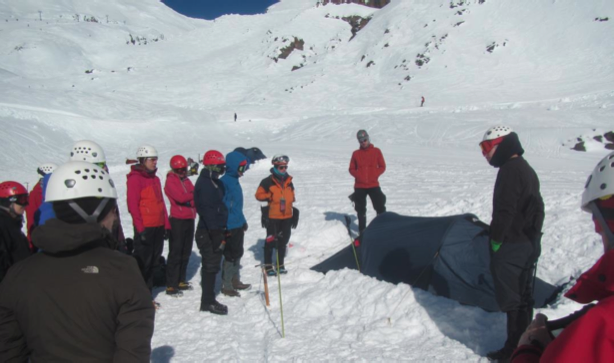
Special mention is reserved for Juan and his inventive use of someone else’s helmet as a poo-pot – I like a man who can adapt and overcome any challenge!
All in all, Snowcraft 2018 was a roaring success. While covering the same content as last year, we were intentionally more demanding of the students this year; they rose beautifully to the challenge. All credit to them, and I can’t wait to go on many adventures with these fine new alpinists.
